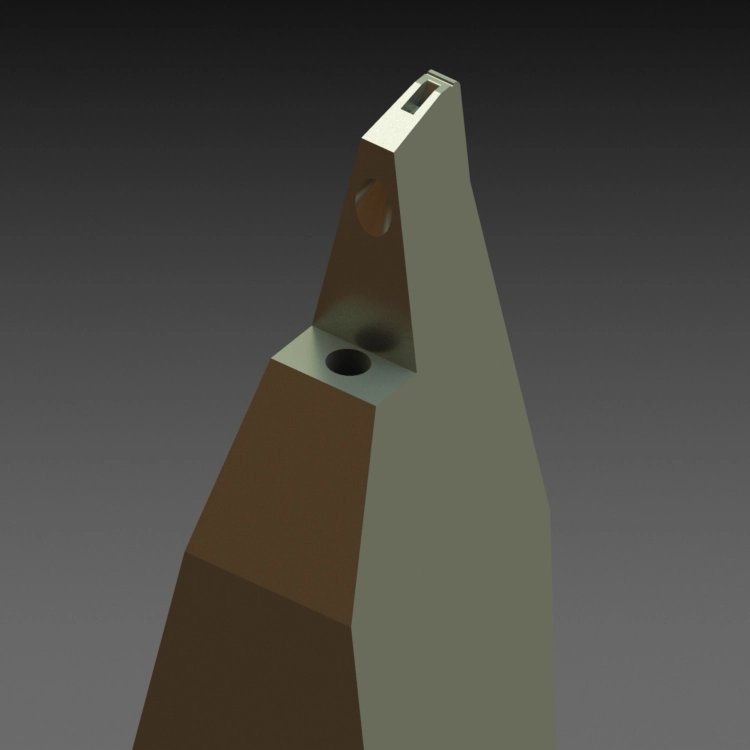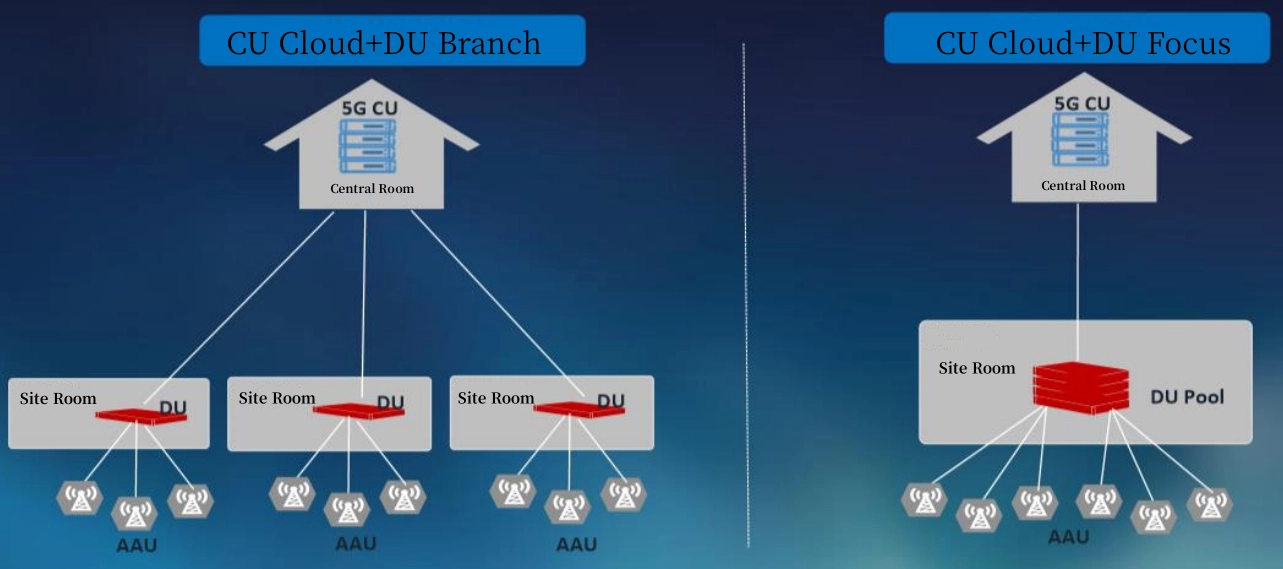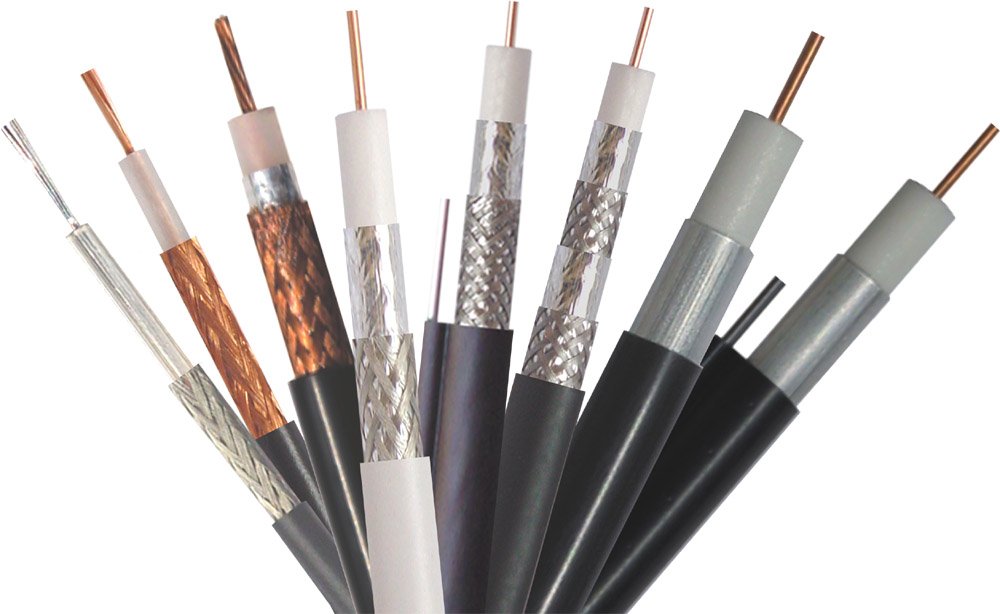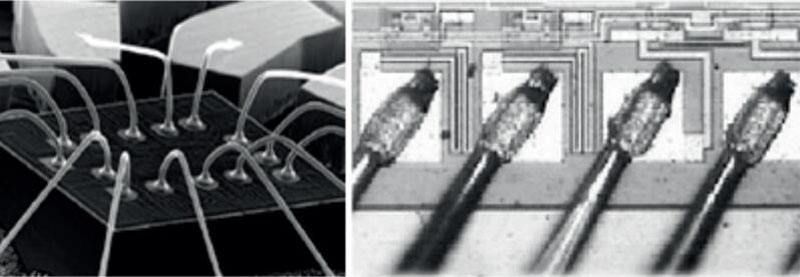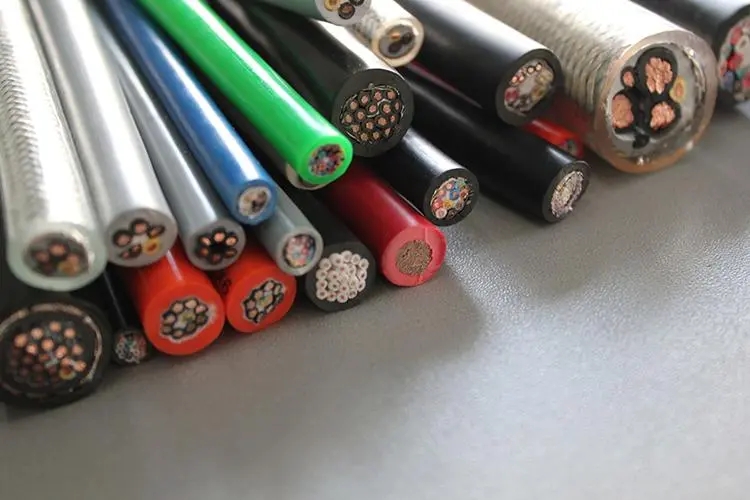Dc power PWM technology applications, advantages and limitations
Pulse-width modulation is a technique to control the time ratio of semiconductor switching devices by adjusting the pulse width or period to control the output voltage. Because of its effective suppression of dial recording, good dynamic response, significant advantages in frequency and efficiency, it has been widely used in electronic inverters, and its technology is becoming more and more advanced. PWM control technology is widely used in inverter circuit, which has the greatest influence on inverter circuit. At present, PWM inverter circuit is mainly used in many inverter circuits. In short, you can easily stabilize the output voltage.
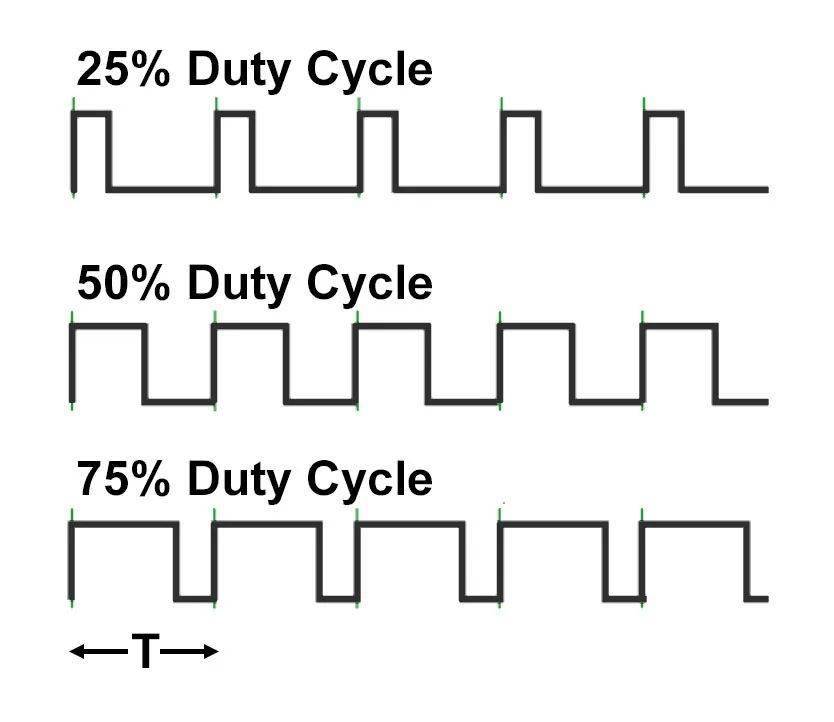
How does PWM technology work?
PWM technology is a technique that controls the output voltage by adjusting the conduction time of a switch. PWM technology typically achieves power switching through control circuits. The control circuit controls the timing of the switch based on the difference between the output voltage and the given voltage to achieve a stable output voltage target.
The advantages of PWM technology
1. Stable output voltage
PWM technology controls the conduction time of the switch to achieve precise control of the output voltage. PWM technology makes output voltage control more stable than traditional linear adjustment methods, improving the stability and reliability of switch mode DC power supplies.
2. Improve energy efficiency
PWM technology reduces energy loss by converting input voltage into high-frequency pulse signals. At the same time, PWM technology can control the conduction time of the switch, minimize the loss of the switch in wired state, and thus improve energy efficiency.
3. Realize multiple output voltages
By controlling the conduction time of the switch, PWM technology can achieve a wide range of output voltage. For example, in computer power supplies, PWM technology can achieve different output voltages, such as 12V, 5V, and 3.3V, to meet the needs of different electronic devices.
4. Implement security protection
Wide pulse modulation technology controls the lead time of the switch to achieve power protection. For example, in electronic devices, PWM technology can protect the safety of electronic devices by controlling the switching time of the switch and automatically disconnecting the power supply when the voltage is too high or too low.

The limitations of PWM technology
1. High noise: PWM technology generates high-frequency pulse signals, which are prone to electromagnetic interference and noise, affecting the normal operation of electronic devices.
2. High cost: PWM technology requires special control circuits and switches, and is expensive.
3. High requirements for switches: PWM technology requires high-speed switches. High speed switching tubes have high requirements for switching tubes.
In summary, PWM technology is the most widely used control technology in switch mode DC power supplies. It has the advantages of good stability, high efficiency, and high reliability. However, PWM technology also has its limitations. Such as high noise, high cost, and high requirements for switch tubes. Therefore, in order to meet the requirements of electronic devices in practical use, it is necessary to choose appropriate control technologies based on specific circumstances.



